Creating Community, Pride, and Perspective in the Deep South
MIT Students Get a Unique Educational Experience on 2nd Annual Civil Rights Immersion Trip
Reflecting on his experience during the educational Civil Rights Immersion Trip, Trace Allen (MIT Sloan MBA/DUSP MCP ’24) reflected, “I remember walking into the Legacy Museum and feeling the seriousness and weightiness that the exhibits possessed. The museum was hands-down the most impactful experience I’ve ever had at a museum. It did a brilliant job of laying out the history of enslavement and racial inequality in this country, starting with the genocide of Indigenous peoples and the subsequent enslavement of Black Africans. The museum clarified the parallels between enslavement, mass incarceration, and the foundation of our economic system rooted in violent land theft and forced labor.” Thinking about the trip as a whole, Allen shared that, “It combined an incredible mix of educational opportunities, reflective space about our role in pursuing justice, and community building amongst the MIT community and local partners.”
Organized by student leaders Austin Cole (MBA/MCP ’24), Delaney Kerkhof (MBA ’24), Nolen Scruggs (MCP ’24), Sanne Wright (MCP ’24), and Tiandra Ray (MCP ’24) in collaboration with the Martin Trust Center for MIT Entrepreneurship, and with support from departments and offices across MIT, 24 students participated in this year’s MIT Civil Rights Immersion Trip. Students had an opportunity to travel to America’s deep south to bear witness to the civil rights movement through participation in 17 activities across five cities over seven days.
“For me it was incredibly important that the Civil Rights Immersion Trip happen again,” said Cole, “partially because of my personal connection to the locations and themes, but primarily because the powerful impact that these places and people have had on our country and our world can only be fully felt by being there and building community. This is learning and growth that can’t come from the classroom, but from being immersed – traveling to the South, stepping foot in the sacred sites, meeting organizers from yesterday’s civil rights movement and today’s struggles for justice and liberation, and reflecting in a learning community. This is how students and faculty come to understand not only the civil rights movement and its legacy, but also what it means to them and how they will carry its lessons forward.”
The trip created the opportunity to bear witness to the civil rights movement by walking in the footsteps of those who put their lives on the line to fight for racial freedom and justice. The purpose was to develop a deepened understanding of systemic inequality, improve perspective on effective leadership, and enhance the ability to design solutions with diversity, equity, and inclusion lenses.
To prepare, students participated in a pre-trip session to develop community and understand each other’s personal goals for attendance on the trip. Students were provided with pre-readings and videos to watch in advance of the trip to frame their conversations and gain context for some of the lesser known civil rights figures and ideologies. In advance of each stop on the trip, students had both required and optional readings. For example, in advance of the stop in Selma, Alabama, students were required to read the original 1963 draft of SNCC Chairman John Lewis’ speech to the March on Washington and review the MLK interview on “Meet the Press” covering the “why” behind marches and demonstrations in 1965. Each stop on the trip also had specific reflection questions for students and for groups to discuss each evening.
The trip began in Atlanta, Georgia where students had the opportunity to visit the National Center for Civic and Human Rights, social justice and cooperative economics organization Community Movement Builders, and the Russell Innovation Center for Entrepreneurs (RICE), a Black & POC entrepreneurship hub in Atlanta. The students’ time in the city wrapped up with dinner at Paschals, a well known meeting place for leaders of the civil rights movement, with Kevin Johnson, a Senior Lecturer at MIT Sloan and the Trust Center.
The trip continued in Alabama stopping first in Montgomery, and then on to Selma and Birmingham. Here students visited the Legacy Museum, Edmund Pettus Bridge, and met with environmental justice community organizations including PANIC (People Against Neighborhood Industrial Contamination) and GASP (Greater-Birmingham Alliance to Stop Pollution). They also heard from a panel of local organizers at the Dynamite Hill-Smithfield Community Land Trust, People’s Budget Birmingham, and PANIC. In Jackson, Mississippi, students had the chance to visit the Evers home, the Two Mississippi Museums, and the Margaret Walker Center and COFO Educational Center.
The goal of the trip was to continue fostering a community at the Institute that values, respects, and engages diverse perspectives. Upon returning, student reflections highlighted the following:
- Community: They formed a tight knit group of individuals who share similar values and who prioritize civil rights and social justice.
- Context: Students gained historical context to make sense of their learnings while at MIT.
- Perspective: Students gained newfound or renewed perspective on what is important to them and how to invest their energy to have positive impact as leaders professionally.
Weighing offers from prestigious management consulting firms and a boutique education consulting company where she could have more social impact, 1st year MBA student Delaney Kerkhof reflected, “Oseola McCarty’s quote at the last exhibit of the Mississippi Museum stuck with me as I mulled over my decision in the final days. ‘If you want to be proud of yourself, you have got to do things you can be proud of.’ After the trip, I signed the offer to do education consulting with Tyton Partners, which would allow me to help more students, make schools more equitable, and work towards a more just world.”
Upon returning to Cambridge, students had the opportunity to continue their learning experience together in our own backyard at the Embrace Memorial. Joined by members of the team from MASS Design who developed the memorial, students gained helpful context on civil rights in Boston. They also learned about the development of MASS Design’s other work, including America’s first memorial to the victims of racial terror lynchings, The National Memorial for Peace and Justice, in Montgomery, Alabama, which the students had visited just weeks prior during the Civil Rights Immersion Trip.
The Trust Center expresses its deepest thanks to all of the departments and offices who supported the trip including DUSP, MIT Sloan Student Life Office, MIT Office of Graduate Education, MIT Sloan Sustainability Initiative, MIT Office of DEI, the MIT Sloan Career Development Office, and MIT Climate Nucleus. A very special thanks also to trip supporter Brown Advisory. The DUSP funding was provided through the The Ross Silberberg (1990) Memorial Fund that supports travel grants and a bi-annual lecture in the Department of Urban Studies and Planning to explore the interaction of design and social justice. We also want to thank Holly Harriel for supporting the development of the trip’s programming, as well as all the communities and organizations that opened their arms to the trip participants.
This is the second annual Civil Rights Immersion Trip, building upon the foundation set by student leader Courtney Jacobovits with support from the Trust Center and MIT’s Environment, Health, and Safety Office (EHS). Moving forward we plan to continue to improve the trip with additional academic rigor, opportunities for student reflection, and the flexibility required to ensure that learnings integrate into on-campus classes and activities.
If you are interested in collaborating on the Civil Rights Immersion Trip in the years to come please get in touch at trustcenter@mit.edu.
By the numbers:
- 23 students
- 17 activities
- 5 cities
- 7 days
Photo Credit: Civil Rights Immersion Trip organizer Nolen Scruggs, MCP ‘24

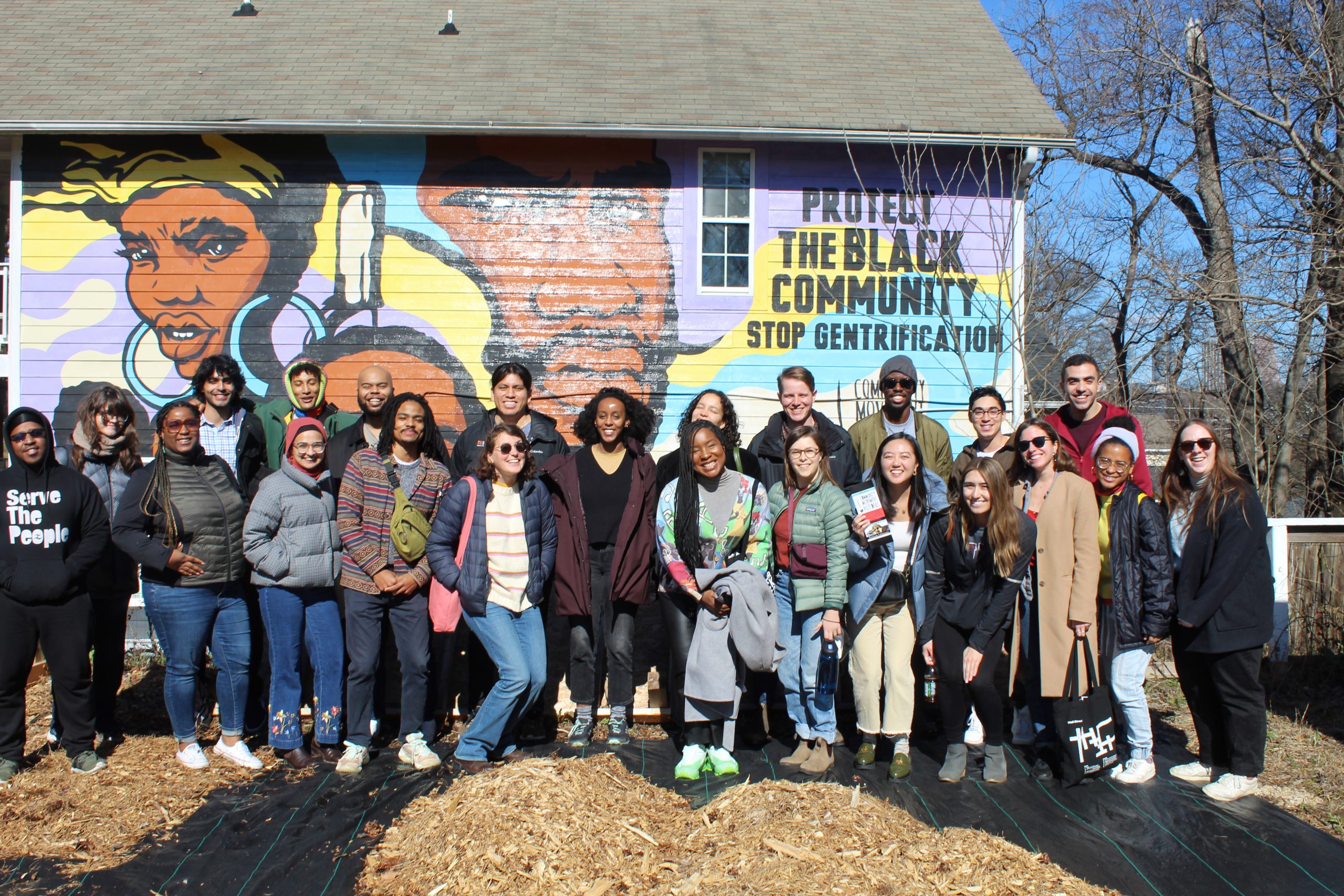
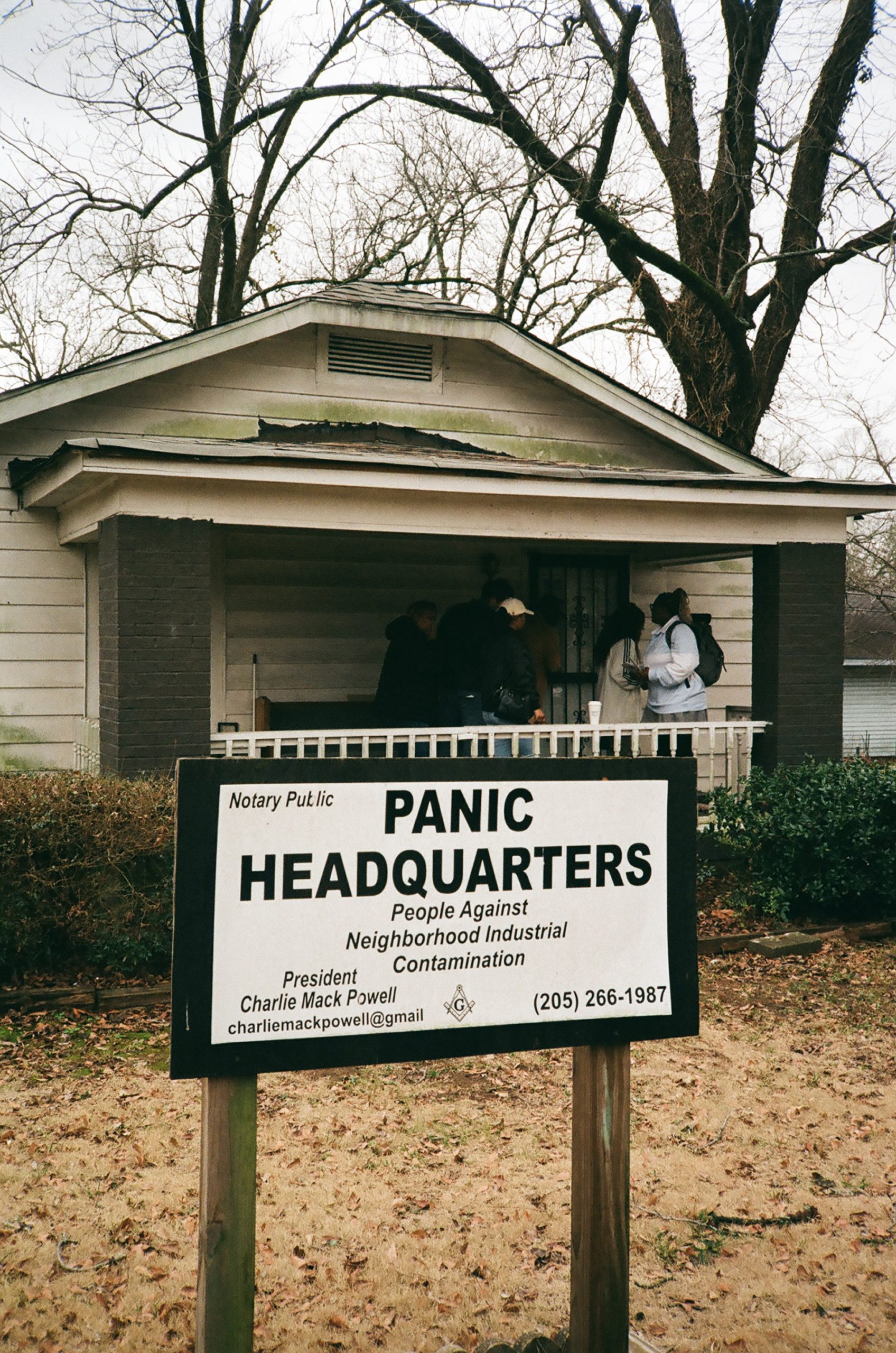
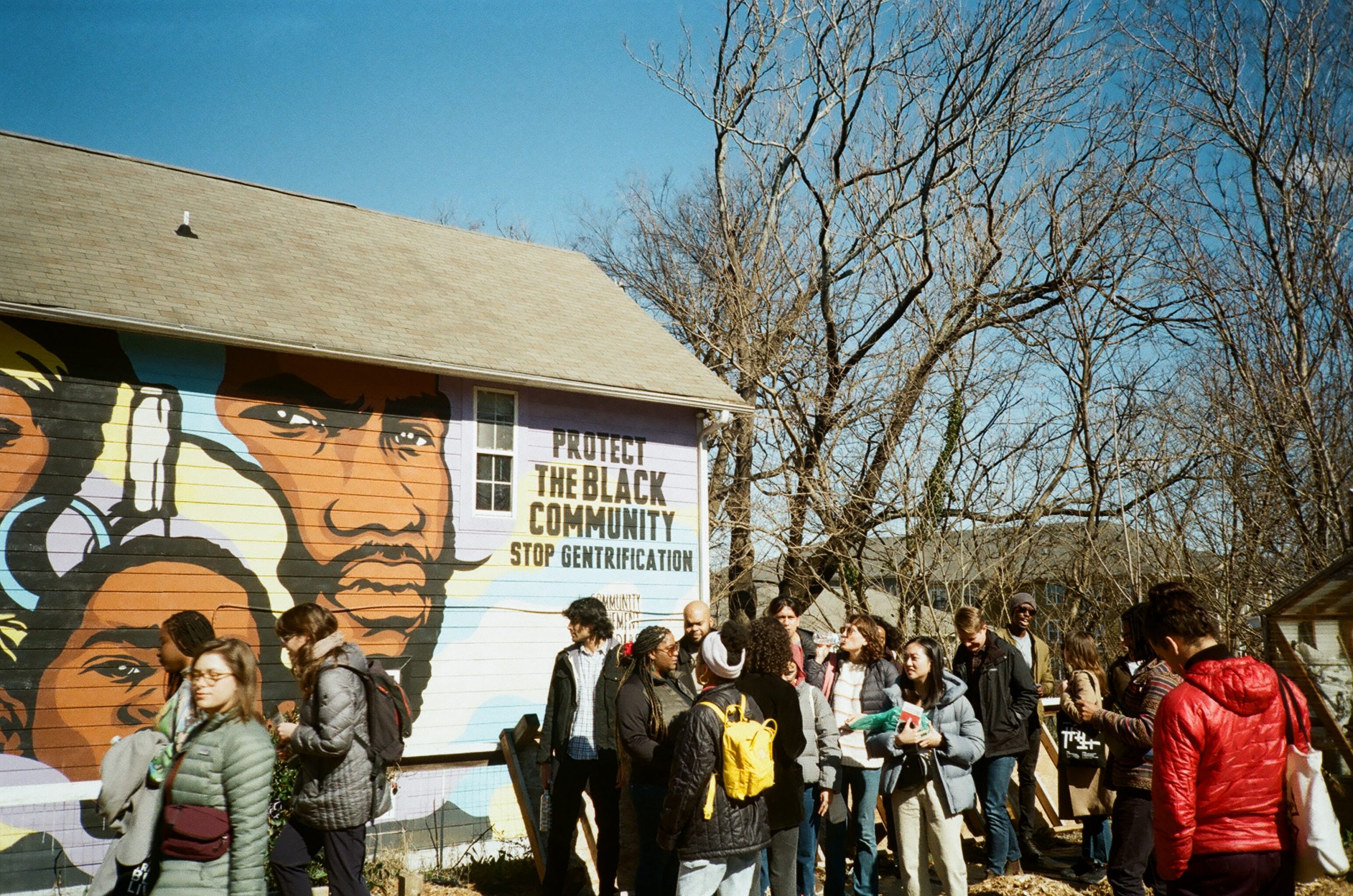
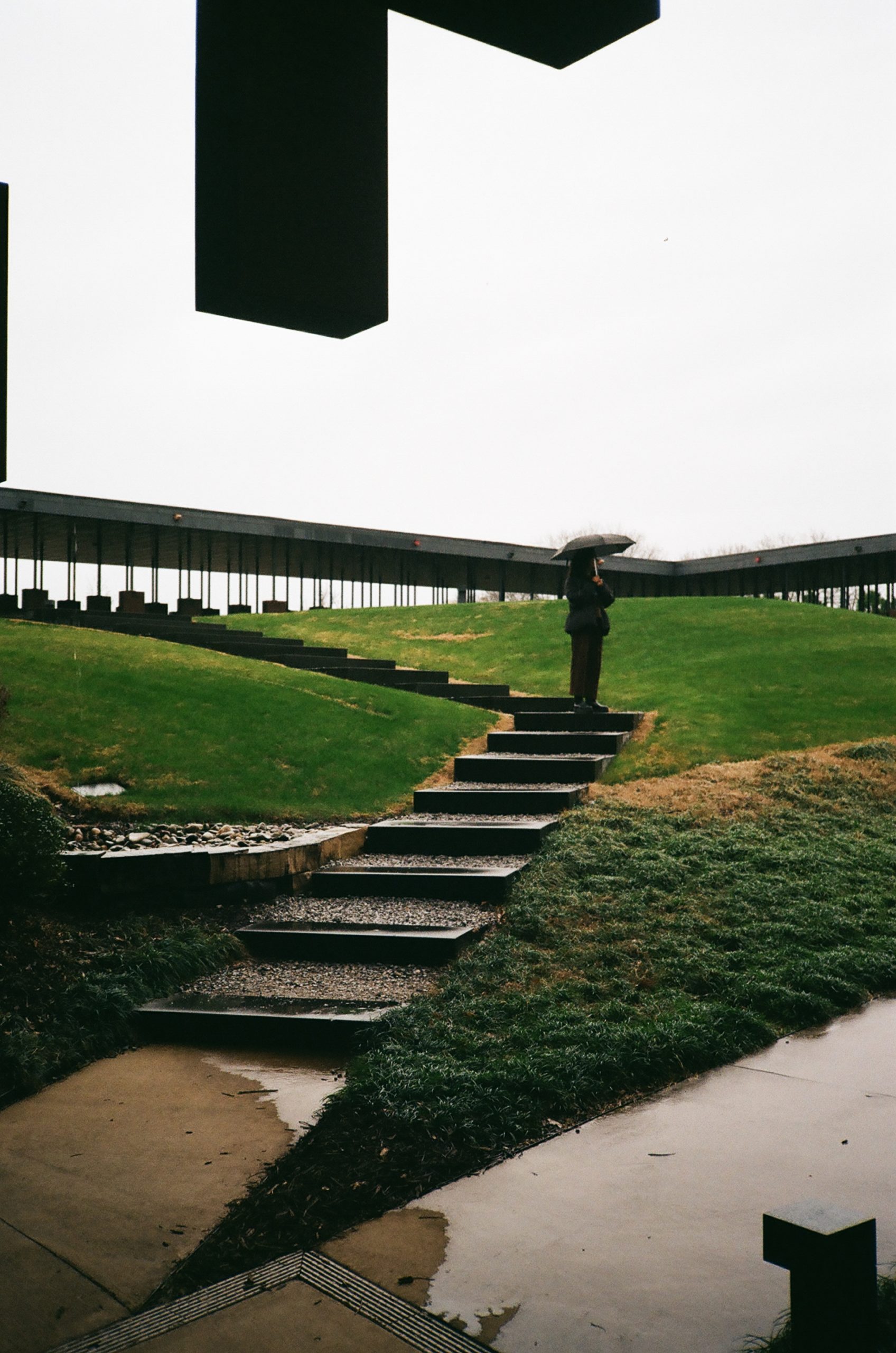
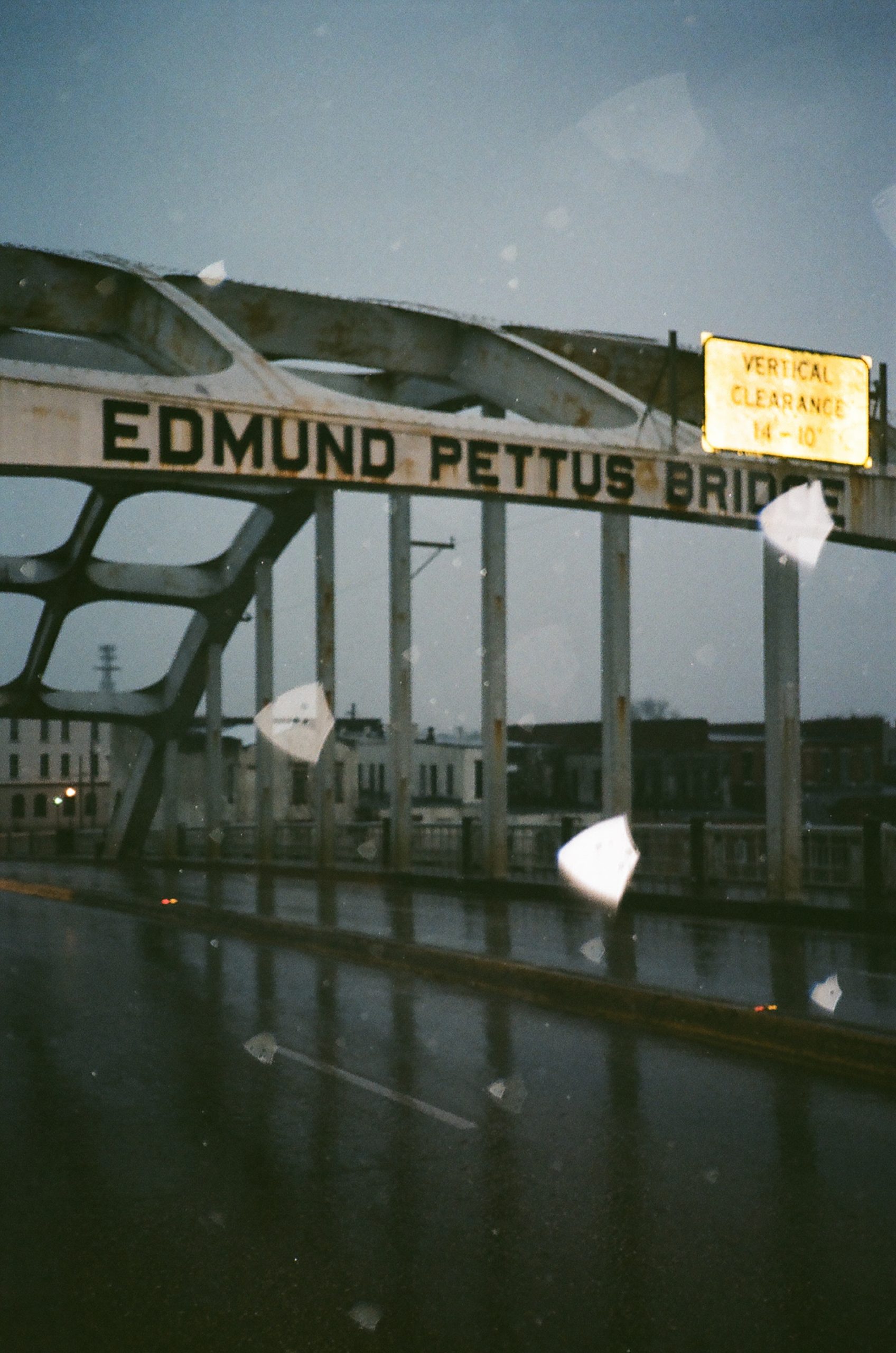
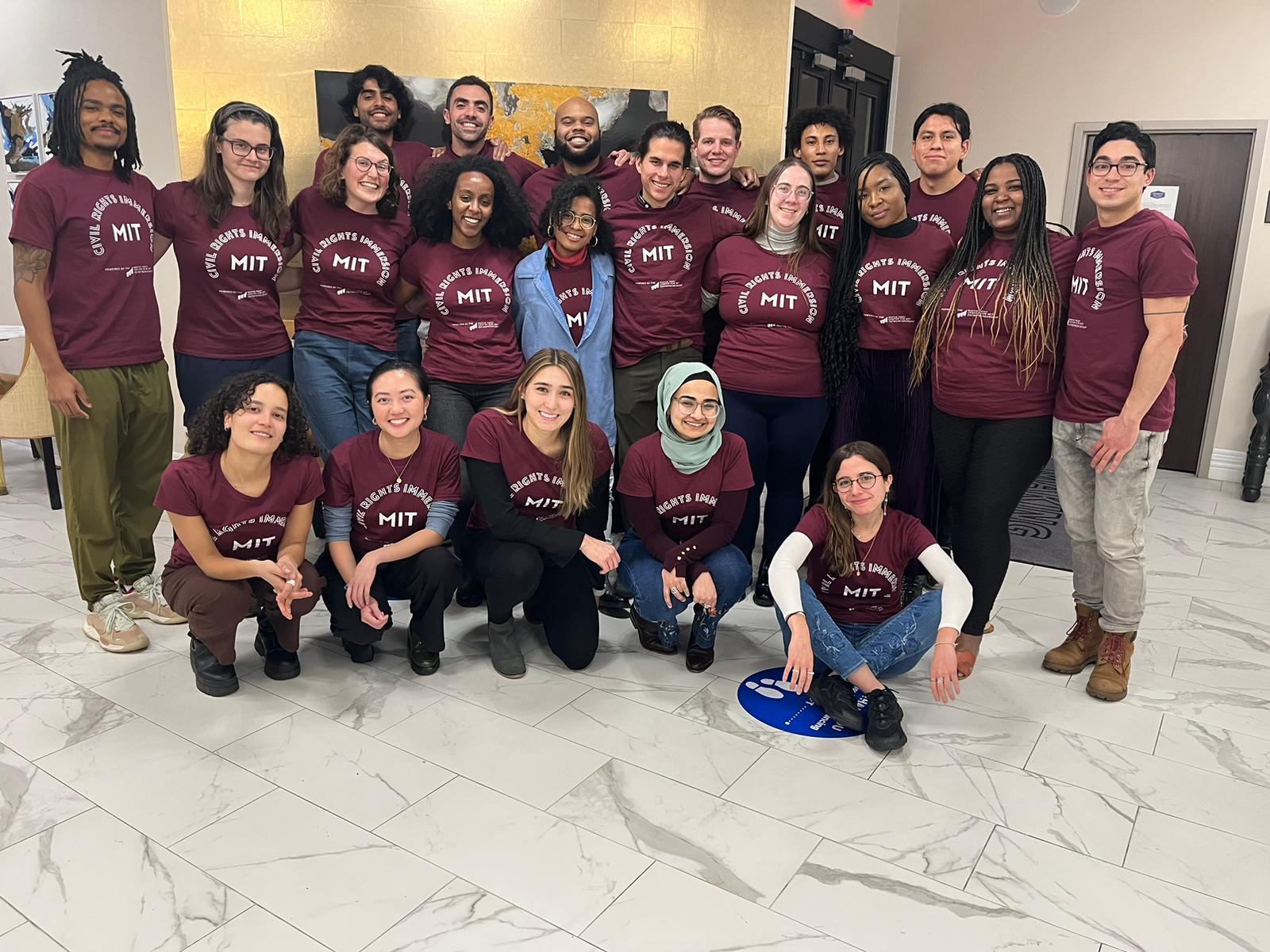

Follow